As it produces wines that are foamy, fizzy, or fully sparkling, with or without sediment, ancestral, classic or Charmat method, the Cosmo family can deliver a special experience for visitors at the Bellenda winery.
It wraps the experience in a tasting itinerary called the Orizzonte Circolare (Circular Horizon). The six-stage experience involves the 35ha estate’s flagship wines which, mostly, rebel against the typical interpretation of the Glera grape in the Prosecco region.
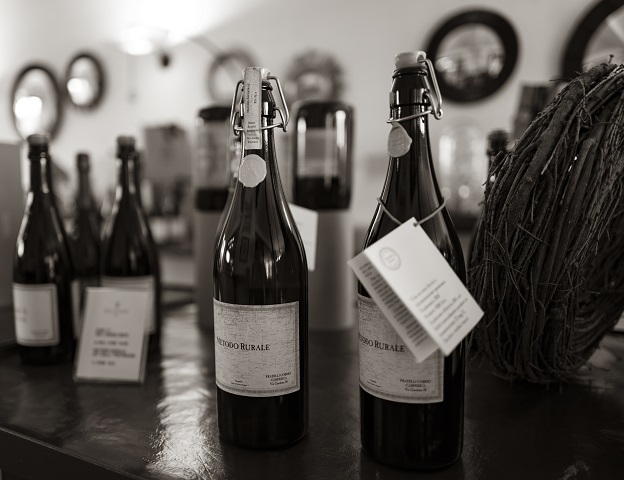
The journey begins with an ancestral method wine, the Metodo Rurale (IGT Colli Trevigiani), which ferments on skins inside wooden vats, without temperature control and without adding sulphur.
The experience continues with another ancestral-method expression of Glera – a spumante extra brut called Radicale which ferments in the presence of pomace and does not require disgorging, so there is no need to add sulphites. Radicale rests on its lees for 24 months and, in the magnum format, is then stored upside down to limit the subsequent evolution.
Così è (Col Fondo) is a sparkling Prosecco DOCG refermented in the bottle with the addition of must. It evokes the peasant tradition and is meant to be drunk cloudy.
Umberto Cosmo, co-owner and co-founder of Bellenda, remembers going into his grandfather’s cellar as a child, picking up the sparkling wine and being careful not to dislodge the sediment in the bottom of the bottle. “We used to pour it in a carafe and drink only the clear part. My grandfather used to drink the bottom part – because waste was not an option at that time,” he recalls.
He also remembers these sparkling wines, drunk at home and in friends’ houses on special occasions, being “really awful with a greyish colour.” He adds: “Now we are making a version that went to school. I mean, this is an educated version of what used to be in the past, 50-60 years ago.”
The company’s most important wine, San Fermo, follows. It is more typical of the region – a Prosecco Superiore Conegliano Valdobbiadene made by the Martinotti method. The fermentation is spontaneous, and the wine is left to mature on lees in a pressurised tank for several months. The name indicates the place of origin of the grapes, grown around the church of San Fermo di Carpesica.
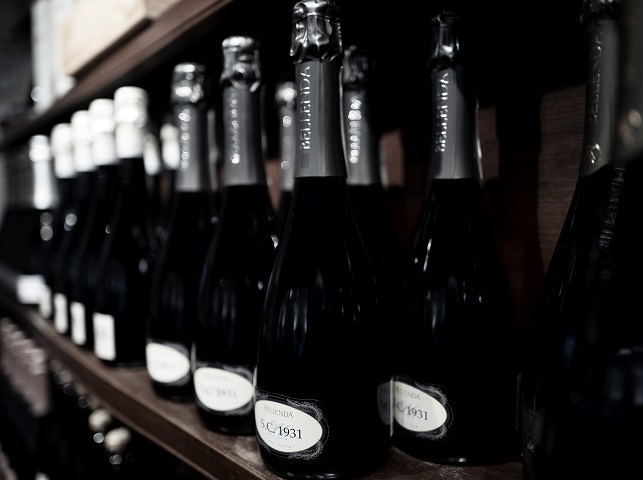
Next in the Orizzonte Circolare is SC 1931, a Prosecco Superiore Metodo Classico Pas Dosé which takes its name from Sergio Cosmo, founder of Bellenda, and from the year of his birth. Fermentation takes place partly in steel and partly in wooden containers without temperature control. Ageing on the fine lees for three months is followed by
refermentation in the bottle and a 24-month rest on lees.
The journey ends with the classic-method Sei Uno, Conegliano Valdobbiadene DOCG Rive di Carpesica. With the second fermentation in the bottle, it is a rare example of a new and at the same time ancient way of understanding Prosecco Superiore. The disgorgement takes place after about a year of resting on the lees and is followed by ageing in the cellar for another six months.
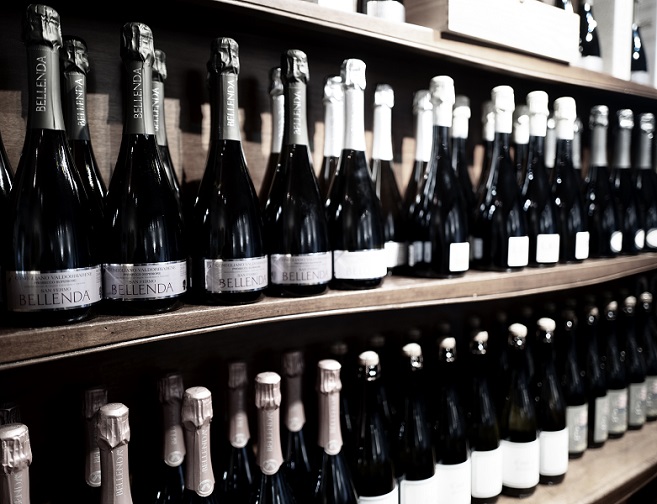
Bellenda also produces a classic-method demi-sec (Lei) and a Prosecco Rosé (produced in a pressurised tank).
The average annual production at Bellenda is around 900,000 bottles, divided between the Bellenda selection and the Prima Cuvée line, distributed almost entirely through the horeca channel. 40-50% of Bellenda’s annual output is San Fermo.
As this is probably the easiest sell, I ask Umberto to explain why he and his brothers (below) make so many different styles of fizz.
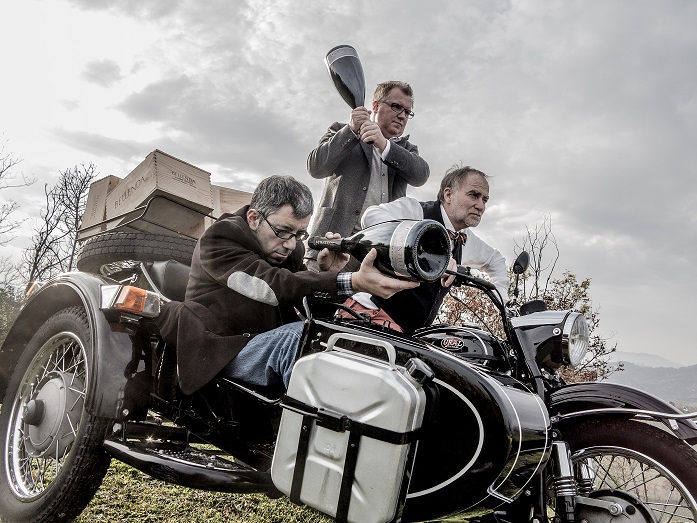
“There are two reasons,” he explains. “One is that there are some areas that we cannot express as a metodo classico. For example, we have a vineyard where we can produce only a normal Charmat extra dry.
“Also, because, I think, if you want to make something that lasts, you have to challenge yourself. I don’t know why, but I like to do it. It’s just a way to express our creativity. And to express the grape. I think that is important, otherwise everybody would produce only a single wine.”
Four key wines
CON ALTI
This is a pet-nat with no added sulphites.The handpicked clusters are destemmed and pressed, with a brief maceration during the spontaneous fermentation. When the wine approaches the end of fermentation, it is bottled – so the fermentation concludes in the bottle. No sulphites are added.
As it shows a slight haze, Umberto says his winemaker brother calls it the wine with “defects”.
Production is about 6,000 to 8,000 bottles a year. Umberto comments: “People don’t drink as much as they talk about it (this style).”
'This is a wine that expresses better as a brut'
SAN FERMO
The company’s main wine is San Fermo, a Prosecco Superiore Conegliano Valdobbiadene that has been produced from the start in 1986. After the clusters are de-stemmed and gently pressed, the must is gravity-settled then fermented in 100hl pressurised tanks (using native yeasts) at 18-20°C. The wine matures sur lie for 1 to 3 months.This brut wine prompts an interesting discussion about dosage levels. Umberto comments: “We find that this is a wine that expresses better as a brut (with 6-7g/L of residual sugar).
“When we started to produce this wine, producing a brut was really not a very good option for the market because, at that time, I think 90% of Prosecco was extra dry or even sweet and the Brut was maybe less than 10%, maybe even 5%.”
He believes this was because most of the vineyards were planted with less than 2,000 plants per hectare – “so very diluted wine, and then it needs more sugar to be pleasant in terms of having some body.”
Even though it is produced using the Charmat method, like most Proseccos, Bellenda is a little different by using the lees from the first fermentation to add complexity and body – and not starting the second fermentation until February or March.
“Not earlier, because we like to have the wine on the lees for at least four to five months minimum,” Umberto explains.
“We have another wine where we keep the wine on the lees for at least one year. And this really enriches the wine… because you extract really the soul of the wine.”
He thinks a year on lees is the definition of ‘long Charmat’. “If you want the autolysis of yeast, you have to keep at least one year in the tank during the second fermentation, but I think that this is not something that people are going to do.”
SEI UNO
A classic-method Conegliano Valdobbiadene DOCG Prosecco Superiore Extra Brut from Rive di Carpesica.Bellenda has been selling classic-method sparkling wine from the Prosecco region since 2005. Umberto says people keep telling him it’s not the right method for this part of Italy “because it’s so easy to produce a young wine that everybody will buy in six months, so nobody pushes you to produce something that you need to keep a couple of years. Or they say Glera is not suitable for making a metodo classico.”
But he responds by pointing out that they have been making sparkling wines in the region for more than 150 years and they only started adopting the Martinotti method in the 1930s, so in-bottle fermentation is the traditional method here.
“We just rediscovered something that people were doing before,” he comments.
After the clusters are destemmed and gently pressed, the must is gravity-settled then fermented at 18-20°C. The wine matures sur lie, then the wine referments in the bottle and stays on lees for 15 to 21 months. After disgorging it is topped up with the same wine, then given a further six months of ageing before release.
LEI
Umberto points out that the region’s historic wine was made from Glera with the second fermentation in-bottle, but it probably had 30-50g/L of residual sugar because sugar can “repair a lot of mistakes… hide a lot of things”.He says making a good demi-sec is “one of the most challenging things that you can even try in your winery and that’s why we decided to go on and try it”.
They are still trying to achieve it. In the meantime, they have Lei, a Prosecco Superiore obtained from the classic method but with 26-28g/L of residual sugar.
Handpicked clusters are destemmed and the berries gently pressed. The must is gravity-settled, then fermented at 18-20°C. The wine matures sur lie, then the wine referments in the bottle and stays on lees for three years. After disgorging and sweetening, it is given a further six months to harmonise before release.
When asked which method he prefers, Charmat or classic, Umberto responds: “They are just two different systems that work perfectly with our grape. We have completely different results and this is something that is really fun.”

 English
English French
French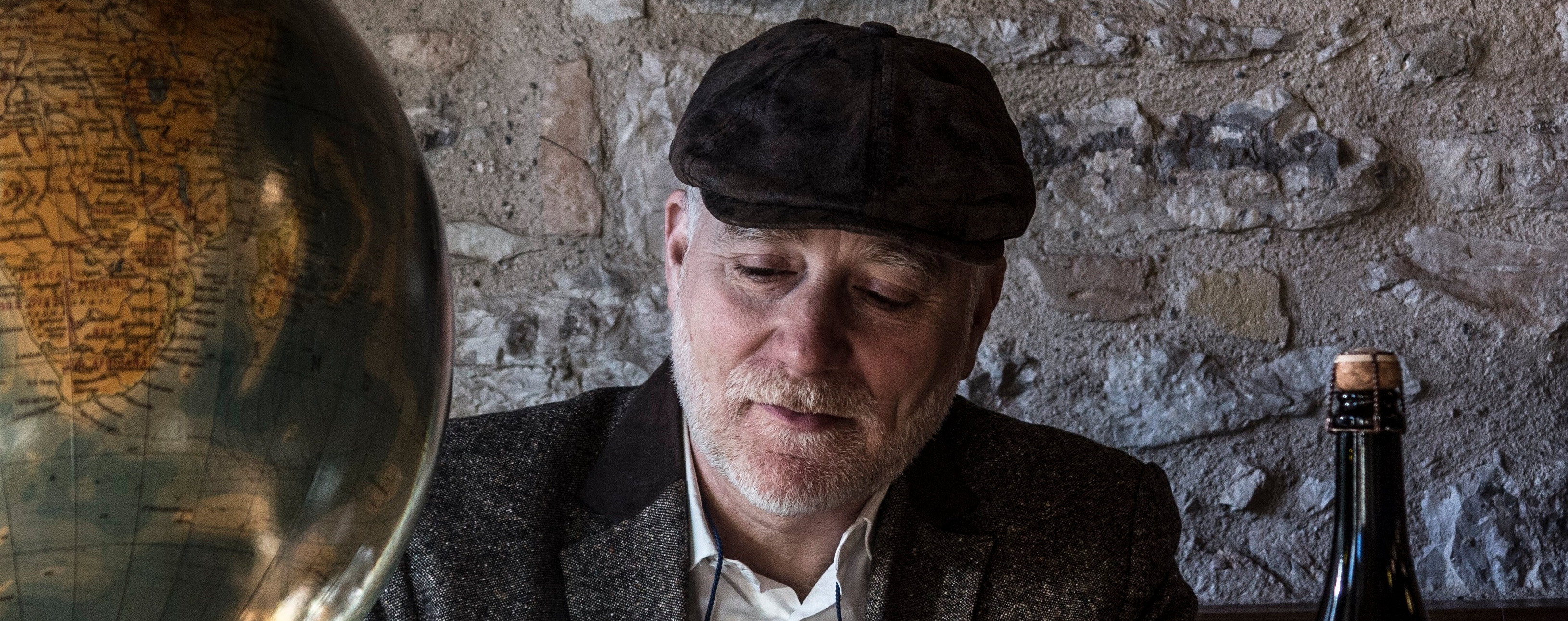

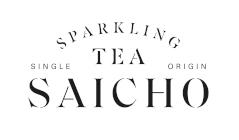




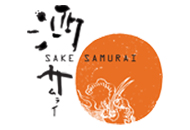
.png)


